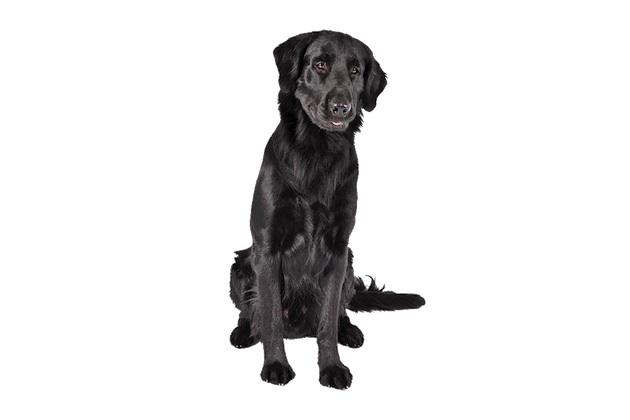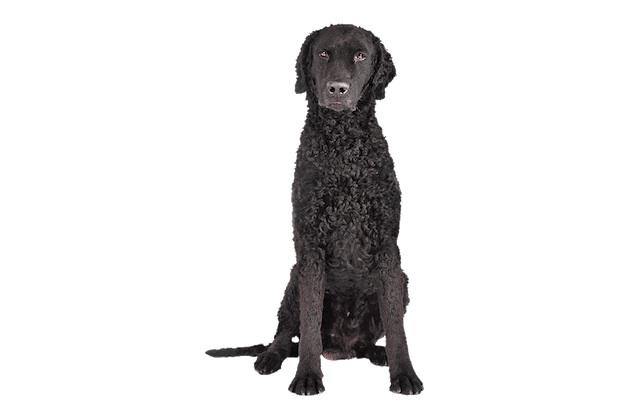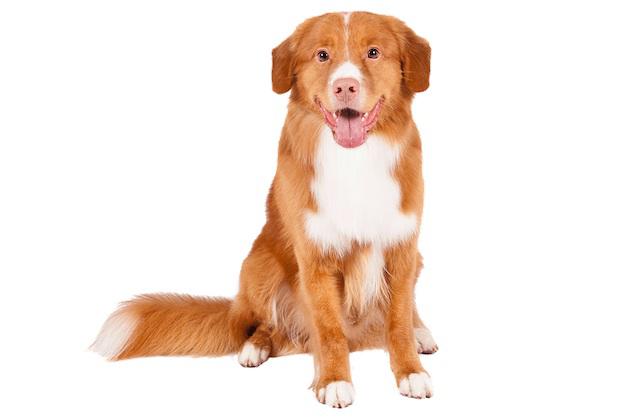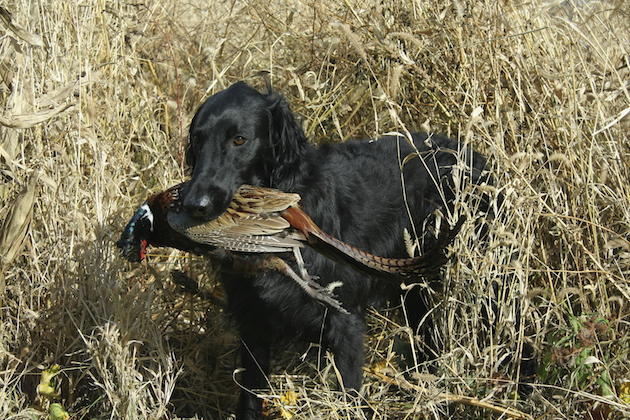Name a retriever. Now name a retriever that isn’t a Labrador or a golden. Excluding a small handful, most hunters are scratching their heads at this point. A rare soul might say a Cheasapeake, and they’d be right. But there are several other great gun dogs that get lost in the crowd.
Labs and goldens are mainstream. According to the American Kennel Club, Labs are the most popular breed in the world. Goldens rank just behind them as the third most popular. Mainstream’s not bad, but there is something to be said for cutting against the grain and showing up with something unusual at the boatdock or field. Where do these forgotten bird-getters land on the AKC’s—and by extension, the world’s—most popular list?
The Flat-Coated Retriever: #90

Photo credit: American Kennel Club
It’s hard to explain why the flat-coat hasn’t faired better with the general public. It’s essentially a golden/Lab amalgamation, with longer hair than a Lab but shorter than a golden. It’s coloring is black or yellow like a Lab, or liver-colored. It’s body composition is much like a tall, thin Lab.
It’s temperment is very gentle and friendly, but it doesn’t respond to training quite as easily as a Lab. For that reason—and not much else—the flat-coat has been relegated to the show circuit. Finding a breeder is the only limitation the breed suffers from. Not many breeders work with flat-coats because of their obscurity, but in turn, breeders haven’t watered down the bloodlines or pushed it past its limitations.
Find one and you won’t regret it.
The Curly-Coated Retriever: #157

Photo credit: American Kennel Club
The curly’s namesake is its downfall. Most people hate the wool-like coat because it picks up debris in the field. Curly enthusiasts don’t deny the claim, but say the coat is easily maintained and only gets dirty on the outer fringe.
They mature slower than most retrievers. “Socially awkward” is a good description of their temperment. They love their masters but are not particularly giddy; they tolerate strangers but warm up slowly.
Curly-coats are capable but not ideal upland retrievers. They are best-suited for ducks and geese because of their warm, thick coats.
If you need a tireless duck dog, curly-coats are the ticket.
Nova Scotia Duck Tolling Retriever: #96

Photo credit: American Kennel Club
The Nova Scotia looks more like a corgi than a duck dog, but then again, looks usually are deceiving. It’s name, Toll, means to lure. Nova Scotias were essentially bred to play fetch: A hunter would build a blind in sight of ducks, throw a stick and play fetch, and the ducks would come in to see the red dog playing on the shore. The the hunter would shoot and send the dog to retrieve.
Hunters learned the technique from foxes, which use one fox’s playing to attract ducks. The other fox is hidden and pounces when the ducks get close enough. The Nova Scotia’s coloring is even meant to resemble a fox.
Mallards, black ducks, and geese all fall prey to the strategy. It works best on sunny days where birds can see the dog playing at a farther distance.
Nova Scotias are hunting dogs through and through, though their pretty coats do lend themselves well to showing. They are like Model T Fords with respect to their coloring: You can get it in any color you want, as long as you want it in red.
Cover image: Thinkstock

